How to Dispose of Aquarium Snails: Different Methods
Aquarium snails are one of the most common types of snails kept in homes and aquariums. They are easy to care for and can be a fun addition to a tank, but they can also be a nuisance if not disposed of properly.
Dead aquarium snails or aquarium snail infestation can be a hassle to get rid of. In this article, we will go over different ways to dispose of them.
Table of Contents
Different Methods to Dispose Aquarium Snails
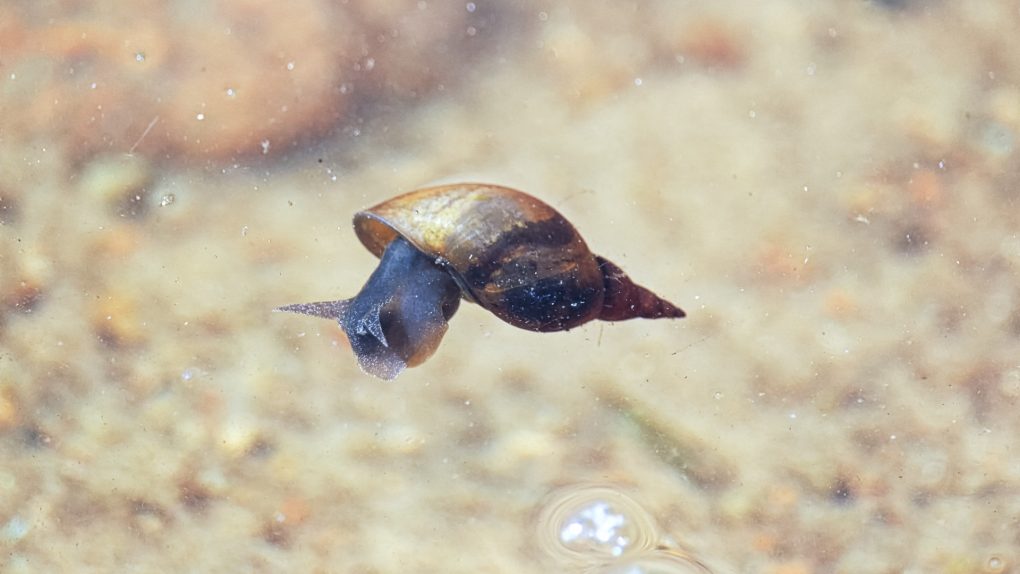
Chemical Methods
There are a few ways to dispose of aquarium snails. One way is to use a chemical method. This involves using a snail killer to kill the snails. Chemical methods are the most common way to dispose of aquarium snails. These methods involve using a chemical to kill the snails. Some of the most common chemicals used to kill aquarium snails are snail killers, which are chemicals that kill snails by causing them to suffocate, and snail pellets, which are small pellets made from a chemical that kills snails.
Snail Traps
There are many natural methods for disposing of aquarium snails. One option is to use snail traps. These traps are made from a number of materials, including plastic, metal, and glass. When a snail enters the trap, it closes the door and traps the snail inside.
These traps can also be made from a piece of wood with a small hole in the center. The snail enters the hole and can’t escape, so it is captured and can be disposed of. The trap can then be disposed of in a number of ways, including by throwing it in the trash or pouring boiling water over it.
Snail-Eating Fish
If you’re looking to get rid of aquarium snails in another natural way, you can try using snail-eating fish. Place some small fish in with the snail population and watch as they eat the snails. This method is not 100% effective, but it is a cheaper and more environmentally-friendly way to get rid of snails. Whichever method you choose, be sure that any methods used to dispose of aquarium snails are environmentally sensitive. Many natural elements can harm the environment if not done properly or disposed of in an environmentally thoughtful manner.
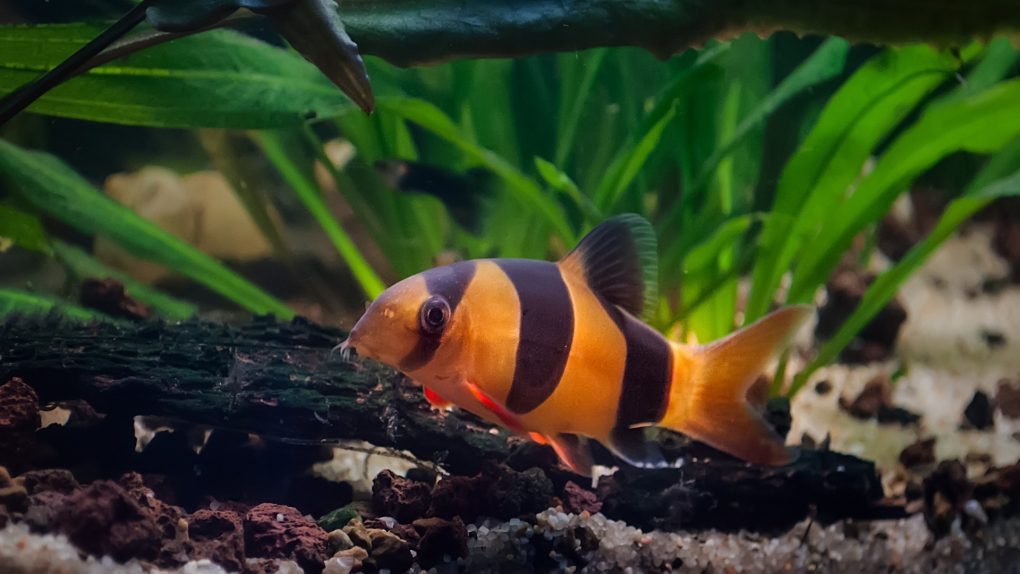
Water Changes
Another way to get rid of aquarium snails is by doing a water change. A water change involves changing the water in your aquarium, which can help kill the snails and other pests that are in your tank. This method can be very effective, but it requires you to have a large enough tank for the water change to work. If you don’t have a large enough tank, you can change some water while the rest of it stays the same to directly kill larger snails that are surviving.
Predatory Snails
Predatory snails are a natural and great option for disposing of aquarium snails. These snails will eat any snail in the aquarium, including the queen and her eggs. Predatory snails are easy to find and inexpensive, making them a great option for anyone looking to dispose of aquarium snails.
Disposal by Hand
Handling and disposing of aquarium snails can be a daunting task, but with a little preparation and some common sense, it can be done relatively easily. First, make sure the snails are dead. If they are not, try to kill them by dropping them into a bucket of water with some salt added. If they are still alive, place them in a plastic bag and seal them tightly. Next, take the snail to a nearby trash can or compost bin. Make sure to remove any food that may have been left behind by the snail. If the snail is inanimate, you can use a fish net or a piece of fishing line to scoop it up and release it outside of the aquarium.
Reduction of Fish Food
Snails are a common nuisance in aquariums. They can consume a large amount of food, leading to weight loss and reduced swimming ability in the fish. There are several ways to reduce snail food, but one of the most effective ways is to reduce the amount of fish food available.
Freezing
If you have a large snail population, it may be necessary to freeze them in order to control the population. To do this, first bag the snail and then freeze it. This will kill the snail and prevent them from reproducing.
What Happens If You Don’t Dispose of Dead Snails?
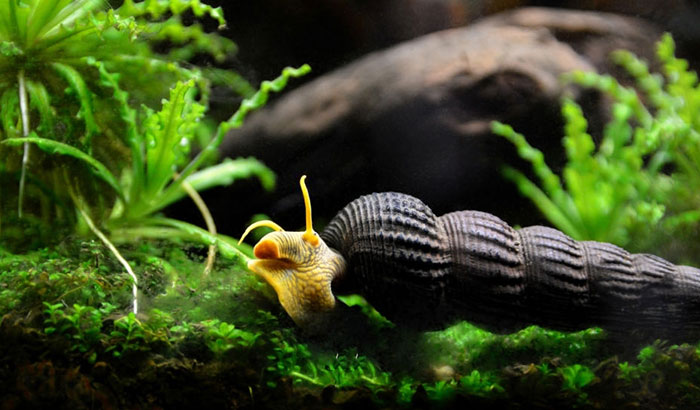
Health Problems
They can cause health problems for other aquatic animals if they are ingested. They can cause a number of problems, including gastrointestinal problems, skin irritation, and respiratory issues. Aquarium snails should be disposed of properly to avoid these problems.
Environmental Issues
The most pressing issue that may occur if you let snail food accumulate is the pollution with nitrates and ammonia. While snails are an important part of wastewater treatments, they tend to produce a lot of waste in their own system. In order for your aquarium water quality to be maintained at the optimum level, the nitrogen in this waste must exit into non-aquatic surroundings through natural means or through additional treatment methods such as biofilters and bacteria mats. If the waste settling process is slowed, for example by snail activity or low dissolved oxygen levels in your tank, nitrates and ammonia can accumulate rapidly in the water.
Economic Damage
Reducing the size of your aquarium snail population can increase the cost of maintaining your tank; if snails are causing an economic problem, it means that you will have to purchase more equipment and chemicals. One way to fix this is by use of a large commercial filter system such as a fishless cycling infiltrator or sponge filter.
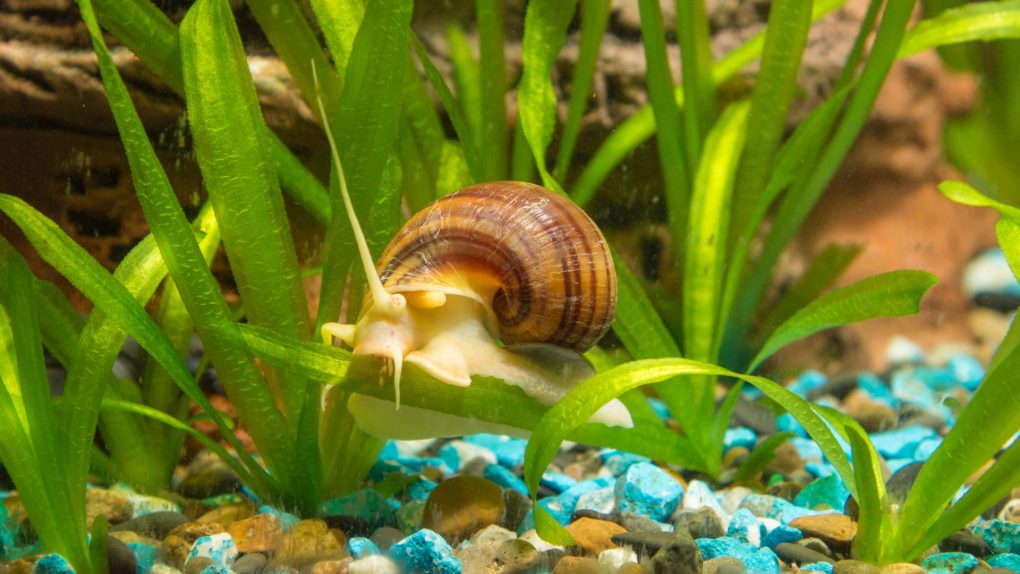
How to Control Snail Population
Use Aluminum
Aluminum is one of the preferred methods of snail control. It can be placed in a bag, thrown into plants, or anywhere that connects with water for quick and easy removal without harming your other animal inhabitants. Snails are repelled by the metal, which is natural to them.
There is some debate over whether or not aluminum can be used to control snail populations. Proponents of using aluminum argue that it is a non-toxic and effective way to control snail populations. They also say that it can be used in conjunction with other methods, such as baiting, to improve effectiveness. Others are concerned about the potential environmental impacts of using aluminum to control snail populations. They argue that it could lead to the accumulation of the metal in soil and water, and could have negative effects on aquatic ecosystems.
Use Bleach
Bleach is another popular method of snail control that is frequently used. It also can be placed in a bag, dumped into plant debris or water and provides immediate results by killing off the snails it comes in contact with. Through experimentation, many aquarists assert that using bleach to reduce snail populations will not harm other living organisms within an aquarium. However, there are concerns about whether or not this chemical may create toxic reactions when released into the environment.
Use Strong Vinegar (Apple Cider) Products
Apple Cider Vinegar is the preferred product of many aquarists who are interested in reducing snails from their community aquariums because it is non-toxic, effective at killing all types of snails can ultimately serve as an effective snail control method because it will eliminate their ability to digest and absorb food.
Use Potassium Permanganate
Potassium permanganate is a chemical that may be used as an organic snail control method but it can also serve to turn other living organisms toxic. It is considered more effective than bleach, and will not harm invertebrates or fish, as long as there are no detrimental interactions between the chemicals and any of their surrounding friends. There are concerns about whether or not potassium permanganate could have negative effects on aquatic ecosystems if released into the environment and interact with other water and soil organisms.
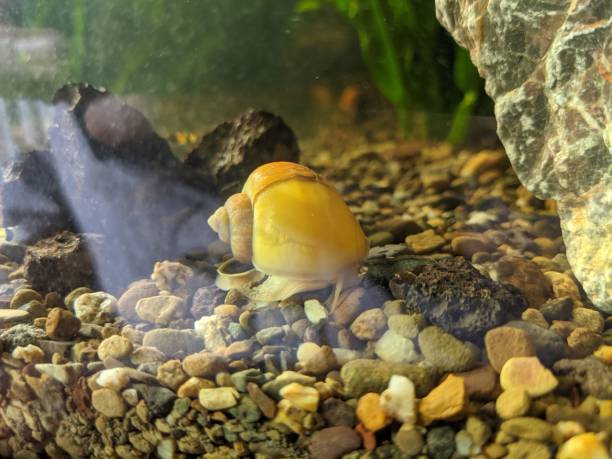
Disadvantages of Snail Infestation
- Snails can damage crops and gardens: Snails can damage crops and gardens if they are not disposed of properly. Aquarium snails can be disposed of by either killing them or capturing and releasing them into a new environment.
- Snails can spread disease: Aquarium snails can spread disease to other aquarium fish and invertebrates. If you are disposing of aquarium snails, make sure to do so in a safe and sanitary way.
- Snails can make your home smell bad: If you have aquarium snails in your home, they may be contributing to the smell. Aquarium snails secrete a slime that can make your home smell bad. You can try to get rid of the snails by using a pesticide or by killing them with a water hose.
- Snails can make your house dirty: If you have aquarium snails in your home, they may be contributing to the dirtiness. Aquarium snails are known to eat decaying organic matter, which can lead to the accumulation of dirt and other debris in the aquarium. If you want to get rid of your aquarium snails, you can try a variety of methods mentioned above, including using a snail trap or using products like bleach and vinegar.
Frequently Asked Questions
Can You Flush a Snail Down the Toilet?
Most people would think that you can’t flush a snail down the toilet, but this is not always the case. If the snail is small enough, you can probably flush it down the toilet. However, if the snail is large, you might need to get help to flush it down the toilet. In general, it’s not advised to flush a snail down the toilet, as this could lead to them getting stuck in the pipes and causing major flooding.
Can You Release Aquarium Snails Into the Wild?
There is no one definitive answer to this question as it depends on the particular situation. In general, it is best to release aquarium snails into the wild if they are not being used or if they are in danger of being harmed. If the snail is being used, it may be best to release it into a different aquarium or into the wild where it can find new food and shelter. Aquarium snails can be released into the wild if you have a container large enough for them. Make sure the area is free of pesticides, herbicides, and other chemicals that could harm the snails.